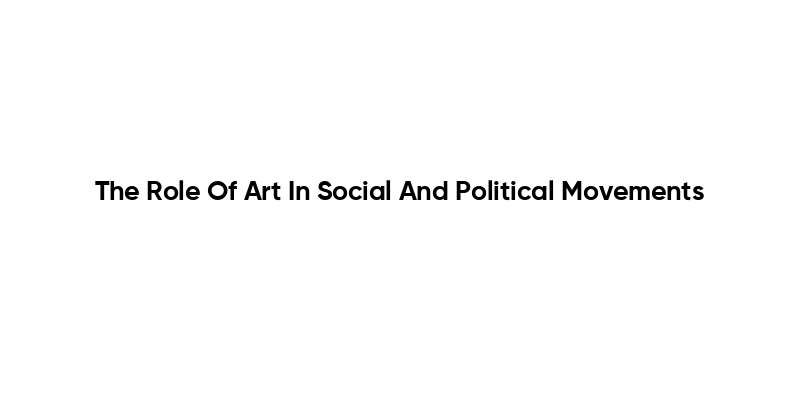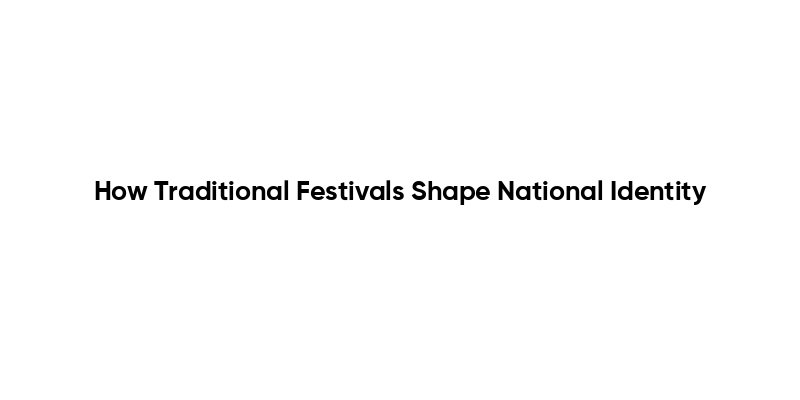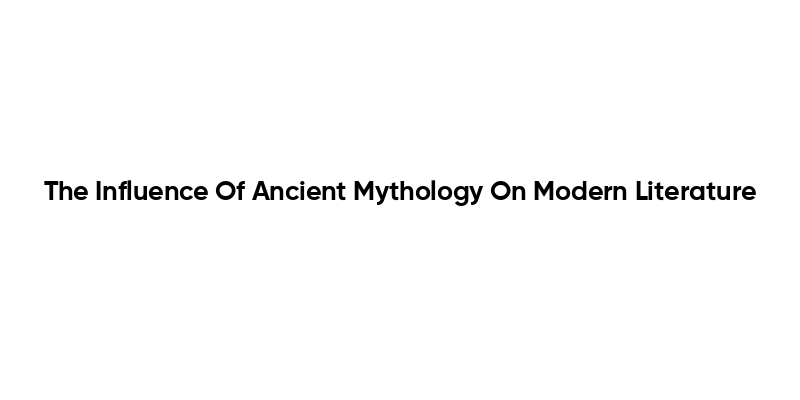Art as a Tool for Protest
Art has historically served as a powerful tool for protest, allowing individuals and groups to express dissent and challenge the status quo. Through various forms of artistic expression, such as graffiti, performance art, and visual arts, activists can communicate their messages in a way that resonates with a broader audience. This form of expression not only captures attention but also evokes emotions, making the political message more impactful.
For instance, the use of street art during the Arab Spring highlighted the voices of the oppressed and became a symbol of resistance. Artists like Banksy have also utilized their work to comment on social injustices, demonstrating how art can transcend traditional boundaries and reach people on a personal level. By engaging the public through art, movements can foster a sense of community and solidarity among participants.
The Influence of Music in Social Movements
Music has played a crucial role in social and political movements, serving as both a rallying cry and a means of unification. Songs that encapsulate the struggles and aspirations of a movement can inspire individuals to take action and create a sense of belonging. Genres such as folk, hip-hop, and punk have been particularly influential in conveying messages of resistance and hope.
For example, during the Civil Rights Movement in the United States, songs like “We Shall Overcome” became anthems of the struggle for equality. These musical pieces not only provided comfort and motivation but also helped to articulate the goals of the movement. The power of music lies in its ability to transcend language and cultural barriers, making it an essential component of social activism.
Visual Arts and Their Impact on Public Perception
Visual arts, including painting, sculpture, and photography, play a significant role in shaping public perception of social and political issues. Artists often use their work to comment on societal problems, challenge stereotypes, and provoke thought. By presenting complex issues in a visually engaging manner, artists can draw attention to injustices that may otherwise go unnoticed.
For instance, the powerful imagery of photojournalism during conflicts can evoke empathy and raise awareness about humanitarian crises. Additionally, public art installations can transform urban spaces into platforms for dialogue, encouraging community engagement and reflection. The impact of visual arts in social movements lies in their ability to create a lasting impression and inspire change.
The Role of Literature in Political Discourse
Literature has long been a vehicle for political discourse, providing a means for writers to explore and critique societal norms. Through novels, poetry, and essays, authors can articulate the struggles of marginalized communities and challenge oppressive systems. Literary works often serve as a mirror to society, reflecting the complexities of human experience and the quest for justice.
Notable examples include George Orwell’s “1984,” which critiques totalitarianism, and Toni Morrison’s “Beloved,” which addresses the legacy of slavery. These works not only inform readers about historical injustices but also encourage critical thinking about contemporary issues. Literature’s ability to provoke thought and inspire action makes it an essential component of social and political movements.
Digital Art and Activism in the Modern Age
In the digital age, art has found new platforms for expression and activism. Social media and online art communities allow artists to share their work with a global audience, amplifying their messages and mobilizing support for various causes. Digital art, including memes, videos, and graphic design, has become a powerful tool for raising awareness and fostering engagement.
For example, the viral nature of social media campaigns has enabled movements like #BlackLivesMatter to reach millions, using art to convey messages of justice and equality. The accessibility of digital art allows for diverse voices to be heard, creating a more inclusive dialogue around social issues. As technology continues to evolve, the role of digital art in activism will likely expand, shaping the future of social and political movements.
| Aspect | Description |
|---|---|
| Expression of Identity | Art serves as a medium for individuals and communities to express their identities, cultures, and experiences, often highlighting marginalized voices. |
| Awareness and Education | Art raises awareness about social and political issues, educating the public and inspiring critical thought through visual, auditory, and performance mediums. |
| Mobilization | Art can mobilize communities by fostering a sense of solidarity and shared purpose, often leading to collective action and participation in movements. |
| Protest and Resistance | Art has historically been used as a form of protest, challenging oppressive systems and advocating for change through powerful imagery and messages. |
| Documentation | Art documents social and political movements, preserving their history and impact for future generations, often serving as a record of struggles and achievements. |
| Emotional Impact | Art evokes emotions, creating a deeper connection to social and political issues, which can motivate individuals to engage and take action. |
| Innovation and Creativity | Art encourages innovative thinking and creative solutions to social problems, often leading to new ways of understanding and addressing issues. |



